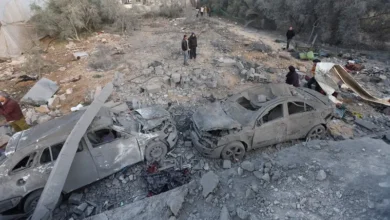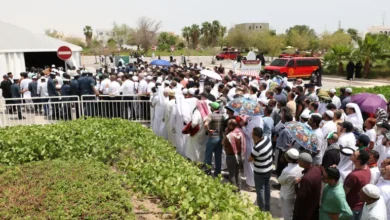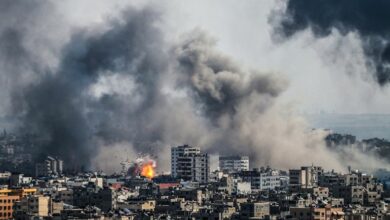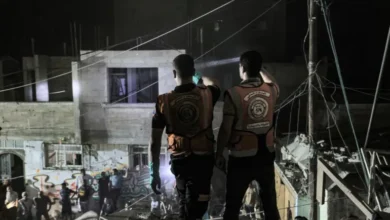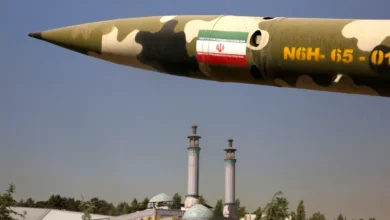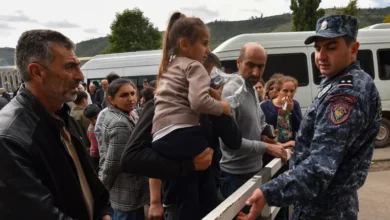As Greece declares ’emergency’ over Santorini earthquakes, what’s next?
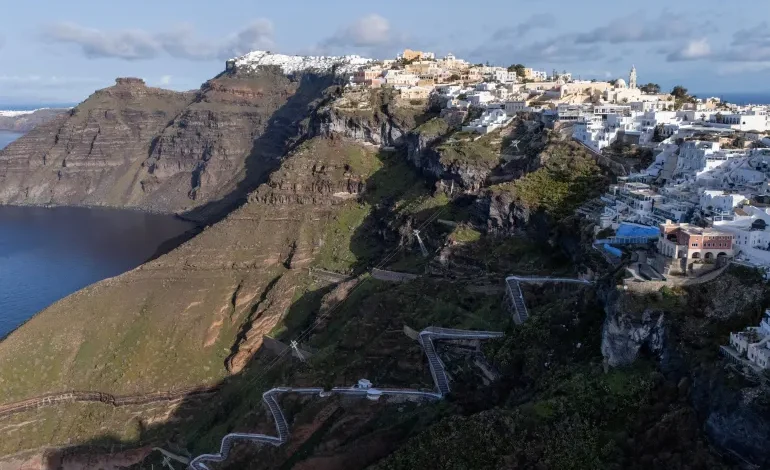
The Greek island of Santorini has been placed in a state of emergency after experiencing its strongest earthquake following days of continuous tremors.
A magnitude 5.2 quake struck Santorini on Wednesday evening, the first to surpass 5.0 since tremors began last week. On Thursday, two larger tremors jolted the island, each exceeding a magnitude of 4.0.
What is happening in Santorini?
The island, one of Greece’s Cyclades islands in the Aegean Sea, has been experiencing near-constant tremors since January 27, 2025, with thousands of earthquakes recorded so far.
The most powerful earthquake recorded since then – occurring on Wednesday evening – registered a magnitude of 5.2 on the Richter scale.
Magnitude measures the size of an earthquake with increments represented by decimal points. An earthquake of magnitude 6.0 or higher is classified as severe, while a magnitude of 5.2 is considered moderate.
Santorini is situated along the Hellenic Volcanic Arc, which extends from the Peloponnese in southern Greece through the Cyclades islands. The region is also home to two volcanoes: Nea Kameni, a small islet within Santorini’s caldera, and Kolumbo, an underwater volcano located approximately eight kilometres (five miles) northeast of the island.
Where are the epicentres of the earthquakes affecting Santorini?
The earthquake epicentres are concentrated in a growing cluster between Santorini, Anafi, Amorgos and Ios islands. Seismic activity remains concentrated between Santorini and the nearby island of Amorgos.
The epicentres are located beneath the seabed, which is good news; according to scientists, land-based earthquakes generally cause greater destruction. Greece lies in a highly seismically active part of the world, and earthquakes are not rare.
